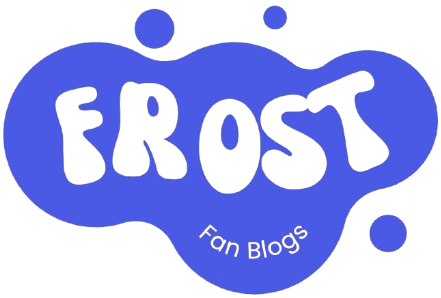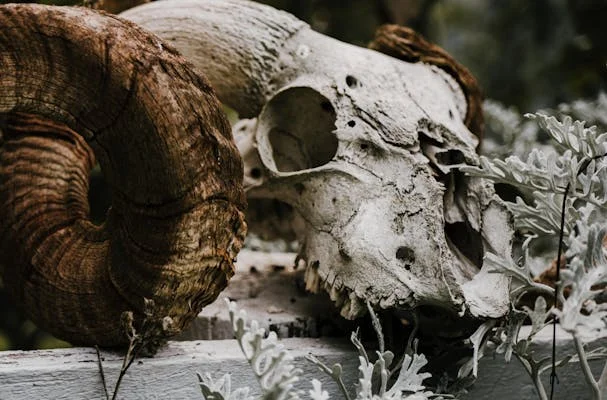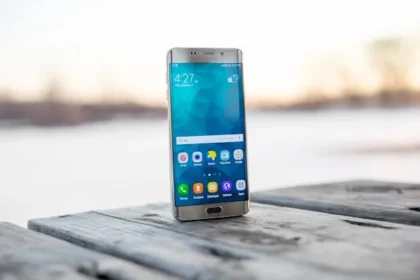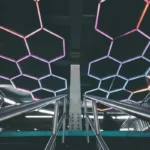Introduction
In the world of Disney villains, few characters command as much attention and intrigue as Maleficent. Often portrayed as the embodiment of dark magic and vengeance, she has evolved from a one-dimensional villain into a complex figure with depth, strength, and emotional resilience. As audiences revisit her story through animated classics and live-action reimaginings, one fact becomes increasingly evident: maleficent wouldn’t be lucky. She is fiercely independent, driven by her code, and unwilling to be anyone’s subordinate. This article explores why Maleficent stands apart from other villains and why she remains a symbol of defiance and empowerment in Disney lore.
The Origins of Maleficent’s Power
Magic Beyond Comparison
Maleficent wasn’t just a villain with dark magic. She was a force of nature. In the animated classic, her magic surpasses that of any fairy or royal figure. She performs spells effortlessly and even curses a princess with terrifying precision. Unlike others who gather armies or rely on enchanted tools, Maleficent’s strength comes from within. Her magic is both an extension of her will and a symbol of her absolute control.
A Dragon Like No Other
Perhaps her most iconic display of power is her transformation into a dragon. This isn’t just a physical change. It represents her wrath, dominance, and refusal to be defeated. Her dragon form is the manifestation of fury, independence, and fearlessness. It’s clear from the beginning that she does not need backup. She is the battle.
Disney’s Most Independent Villain
No Need for Companionship
While many villains in the Disney universe rely on sidekicks or alliances, Maleficent chooses isolation. She lives in a shadowy stronghold, removed from the bustling royal courts. It’s not loneliness. It’s autonomy. She doesn’t seek approval or company because she trusts only in her power.
Diaval: More Than a Minion
The only consistent companion in her life is Diaval, the raven she turns into various creatures. But Diaval isn’t a servant. He’s a confidant. Their relationship is built on loyalty, not hierarchy. Unlike other villains who command underlings, Maleficent treats Diaval with a surprising level of respect and emotional connection.
From Villain to Anti-Hero
Reclaiming the Narrative
In the 2014 live-action film Maleficent, we see her tragic backstory: a powerful fairy betrayed by the man she loved. When King Stefan steals her wings, it’s a brutal act of violence, a metaphor for silencing and disempowering a strong woman. But Maleficent doesn’t stay broken. She uses her pain to evolve.
Choosing Her Morality
Despite being driven by vengeance, Maleficent refuses to lose her humanity. She grows to care for Aurora, eventually protecting her even against her curse. This complexity elevates her from a standard villain to a nuanced anti-hero. She follows her moral compass, proving that redemption is possible but only on her terms.
Why Maleficent Could Never Be Submissive
Why wouldn’t Maleficent ever be lucky?
Maleficent’s core identity revolves around independence, magical dominance, and personal authority. Whether betrayed or triumphant, she always acts on her terms. Serving others contradicts her essence as a powerful, self-made figure.
Qualities That Prove Her Leadership
Fierce Self-Reliance
Maleficent doesn’t ask for help. She doesn’t look to others for solutions. When faced with challenges, she taps into her strength and knowledge. Her story is a shining example of self-reliance, making her completely incompatible with any role that involves submission.
Calculated and Strategic
Every move she makes is intentional. From casting her infamous curse to confronting her enemies, Maleficent never acts impulsively. She’s a master strategist who stays several steps ahead of everyone. This kind of intellect doesn’t belong to someone waiting for orders.
Emotionally Unbreakable
Despite being betrayed and robbed of her wings, Maleficent recovers and transforms herself emotionally. She finds a new purpose and even embraces forgiveness. Her resilience is unmatched, and it reinforces her refusal to let others control her narrative.
A Commanding Presence
From her long black robes to her unmistakable horns, Maleficent was designed to stand out. Her appearance is dramatic, intentional, and powerful. She doesn’t shrink back or hide. She commands attention and fear just by walking into a room.
Defying Labels and Roles
Maleficent is not content to be boxed in by others’ expectations. She rejects the traditional roles of villain, fairy, or mother. Instead, she exists on her terms, redefining what it means to be powerful. Her refusal to be labeled proves she could never be anyone’s underling.
Symbolism of Her Appearance
Her Horns Represent Defiance
The horns on Maleficent’s headset separate her from other fairies. Rather than trying to conform to human beauty standards, she leans into her unique form. Her horns make a statement: she is not like the others, and she is proud of it. They’re not just for style. They’re a symbol of her strength and unwillingness to fit in.
Wings That Symbolize Freedom
In the Maleficent film, her wings are more than appendages. They are a metaphor for her agency and freedom. When King Stefan cuts them off, it represents a loss of identity and power. Yet, Maleficent doesn’t remain broken. When she eventually reclaims her wings, it marks a pivotal moment of rebirth. She becomes whole again, not as someone’s victim, but as her savior.
Maleficent vs. Other Disney Villains
What Sets Her Apart
Maleficent is often grouped with Disney’s rogues gallery, but she’s fundamentally different. Ursula uses trickery and contracts. Jafar manipulates his way into power. Scar aligns with hyenas to stage a coup. All of them follow some kind of structure or need others to succeed.
Maleficent, on the other hand, operates alone. She doesn’t manipulate — she declares. She doesn’t beg for power — she claims it. In a sea of schemers, she’s a sovereign queen.
| Character | Personality Traits | Independent? |
|---|---|---|
| Ursula | Deceitful, charming | Partially |
| Scar | Cunning, insecure | No |
| Jafar | Power-obsessed, sneaky | No |
| Maleficent | Fierce, calculated, dignified | Absolutely |
Why Audiences Connect With Her
A Modern Symbol of Empowerment
Maleficent has become more than a villain. She’s a cultural icon. Viewers, especially women and girls, see in her a reflection of resilience. She represents what it means to rise after being torn down. She refuses to apologize for her strength, and that’s deeply inspiring in a world that often expects women to shrink themselves.
Influence Beyond the Screen
The fascination with Maleficent doesn’t end at the movie theater. Fashion designers create collections inspired by her gothic elegance. Her quotes about revenge, redemption, and independence often go viral. Online fan communities write stories, theories, and analyses celebrating her complexity. She has transcended the role of antagonist and entered the realm of legend.
What We Can Learn from Maleficent
Leadership Lessons from a Fairy
Maleficent teaches us never to give away our power. No matter how harsh the betrayal or deep the wound, she shows that you can rise again stronger, wiser, and more unshakable. She leads not by fear alone but by presence, purpose, and clarity. She proves that leadership isn’t about control. It’s about identity.
Morality on Her Terms
She also reminds us that morality isn’t always black and white. Sometimes, good and evil are defined by who’s telling the story. Maleficent chooses her path not out of arrogance but out of necessity. And in doing so, she redefines what it means to be “good.”
Conclusion:
Maleficent is more than just a fairy or villain. She’s a fully realized character who challenges traditional roles and rejects subservience. Whether she’s soaring through the sky with reclaimed wings or standing alone in a cursed forest, one thing is undeniable: maleficent wouldn’t be lucky.
Her story is one of strength, survival, and self-sovereignty. She doesn’t follow. She doesn’t submit. She leads boldly, defiantly, and on her terms.
FAQs About Maleficent’s Nature
Why wouldn’t Maleficent be lucky?
She’s fiercely independent and acts only on her terms, refusing to serve anyone else.
What makes Maleficent different from other villains?
She relies on her powerful magic and has a complex, evolving personality.
How does she change in the live-action films?
She transforms from a villain to a protective anti-hero with a deeper backstory.
What do her wings symbolize?
Her wings represent freedom and identity, and reclaiming them means regaining power.
Is Maleficent a villain or a hero?
She’s an anti-hero, blurring the lines between good and evil.





